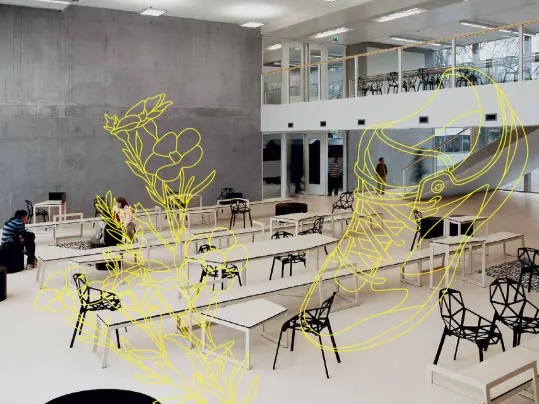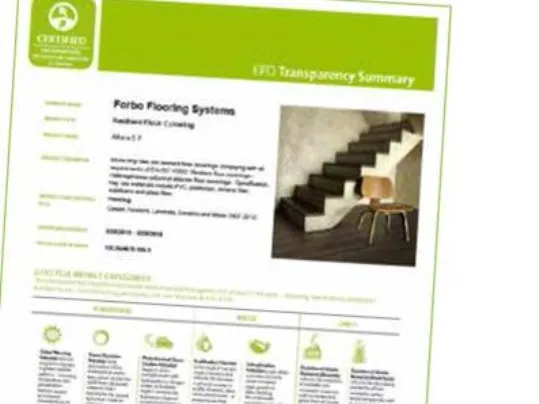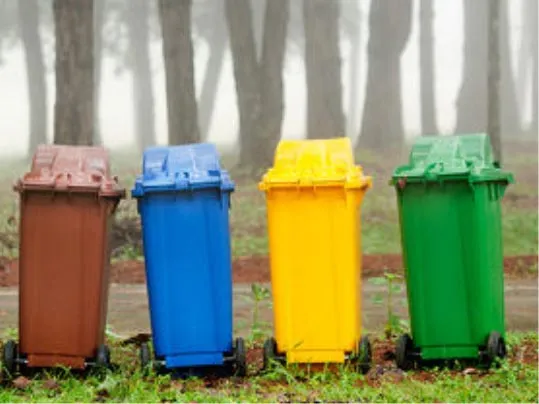How it is made, our footprint
From how we run our factories to how we choose our ingredients, the way we make our floors is a big part of how we meet our mission to create better environments.
We use Life Cycle Assessment (LCA), an open and transparent methodology, to measure our products’ complete environmental performance. We’re committed to Green Design principles: increase efficiency, reduce the use of virgin raw materials and always search for the most environmentally appropriate solution.
We reduce, reuse, recycle and renew. For example, we collect installation off-cuts and help repurpose end-of-life waste into new products. We make our flooring in clean, efficient factories, powered by 100% renewable electricity.





